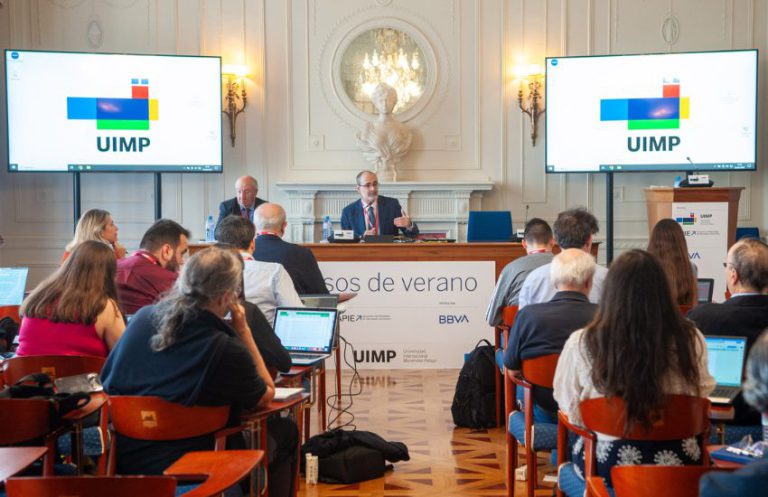Herminia prepares to pay for the week's groceries at the only grocery store left in her town of barely 200 inhabitants. Before swiping her card at the POS terminal, she asks the shopkeeper to add 50 euros in cash to the amount of the purchase. This weekend her grandchildren are coming to visit her and she has promised to top up the allowance their parents give them. Gently folding the banknote, she puts it in her purse and then says goodbye, resolutely pulling the shopping trolley.
Although the scene is fictitious, solutions such as this to access cash are becoming increasingly common in the municipalities of rural Spain which have never had an ATM, or in those where the ATM was removed at some point due to the unstoppable advance of a particularly intense demographic phenomenon in our country: depopulation.
According to the Secretariat-General for Demographic Challenge, despite the fact that the population of Spain has grown by 7.5 million people so far this century, the process of depopulation has intensified, affecting above all rural communities, which are also highly dispersed geographically.
Ensuring face-to-face access to financial services in rural Spain, a priority for the banking sector
In such a scenario, the dilemma arises of how to guarantee the provision of essential services - including health, education and financial services - when rural communities are shrinking and the traditional model of face-to-face service becomes unfeasible. Alberto Aza, CECA spokesperson (an association comprising CaixaBank, Kutxabank and Cajasur Banco, Abanca, Unicaja, Ibercaja Banco, Caixa Ontinyent, Colonya Pollença and Cecabank), stresses the structural nature of the problem and calls for ambitious public policies and the indispensable collaboration of the private sector. With this in mind, the banking sector has been the first to activate a roadmap to definitively tackle the difficulties faced by rural populations in accessing financial services. This action plan, coordinated by the banking associations CECA, AEB and UNACC, was launched in October 2022 with the goal of guaranteeing face-to-face access to financial services in all municipalities, or in other words, full financial inclusion.
To meet this objective, the roadmap includes solutions for municipalities with more than 500 inhabitants, such as branch offices, the installation of ATMs, the reinforcement of the figure of the financial agent or mobile offices that provide itinerant services.
For municipalities with less than 500 inhabitants, the sector's priority, initially, is to guarantee access to cash through innovative solutions such as cashback or cash in shop, which Herminia used, and the Correos Cash service.
One year after the launch of the roadmap, the progress made has been encouraging. Today, 93% of the municipalities with more than 500 inhabitants, which did not have a physical access point at that time, have such access or are in the process of gaining this access. Faced with this reality, Alberto Aza stresses: 'We are close to meeting our goal; Spanish institutions could be at the top of the international ranking for financial inclusion'.













